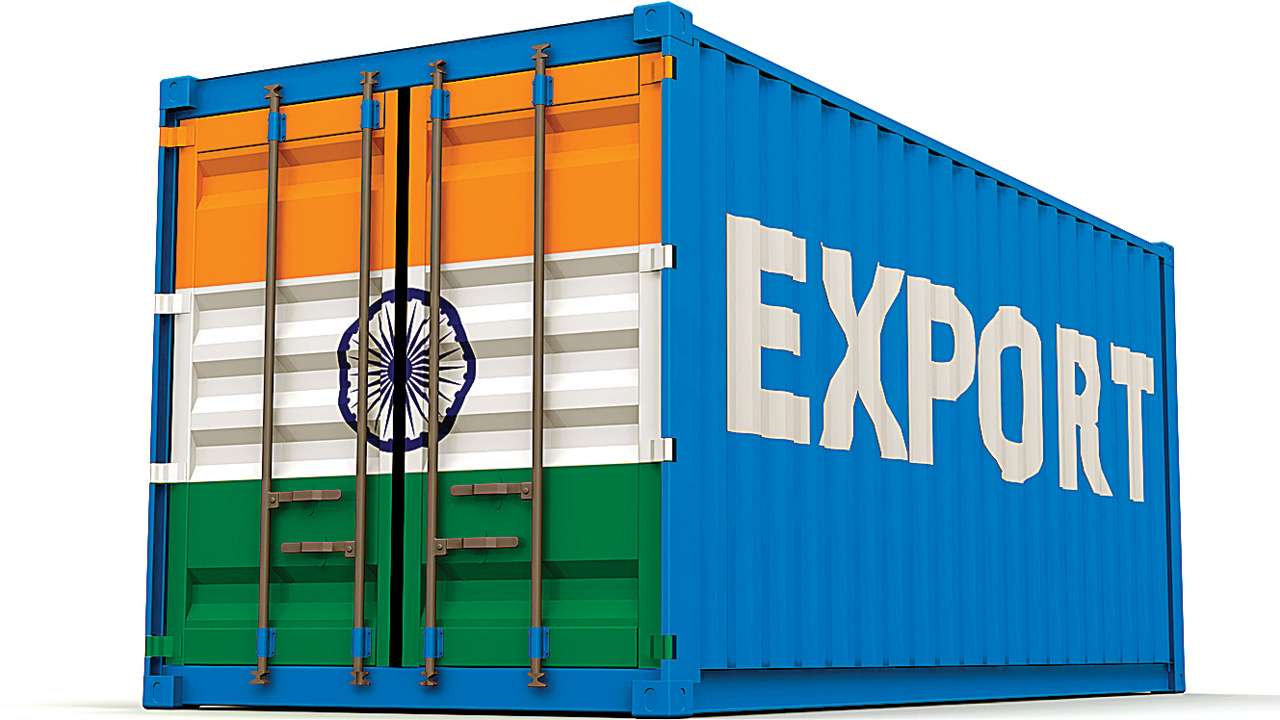
India being one of the biggest consumers in the world, has traditionally ridden high on domestic demand.
The recent statement by World Bank chief economist, Hans Timmer, mirrors the narrative. “India is exporting only 10 per cent of its GDP and needs an export-led growth and be more competitive in the world markets”, he offered by way or advice.
Data by the World Bank substantiates the fact. It says that in the last five years, India has witnessed double-digit growth of imports and only 5-6 per cent growth in exports. That means the next phase of growth should have exports firmly in the driving seat if India needs to substantiate, sustain and propel the economy further.
Many may argue that when we can sustain growth, piggybacking on domestic demand, then why change the pace?
The fact is that when you have export-driven growth, then productivity automatically goes up owing to the competitiveness of international markets, understanding the demand mechanism of various customers and getting a know-how of complexities, thereby increasing the competence of product or services.
As per latest data, exports from India increased 2.4 per cent year-on-year to $26.7 billion in February of 2019, mainly due to engineering goods (1.7 per cent) and drugs and pharmaceuticals (16.1 per cent).
As per commerce and industry minister Suresh Prabhu, exports would cross the $331-billion mark in the 2018-19 fiscal year, which no doubt is a positive sign.
However, we cannot restrict ourselves to certain countries or a handful of sectors to drive us forward. Let’s take a look at the sectors and countries that have contributed to the current figures.
In recent years, India has exported mostly pearls, precious and semi-precious stones and jewellery (16 per cent of total shipments); mineral fuels, oils and waxes and bituminous substances (12 percent), vehicles, parts and accessories (5 percent), nuclear reactors, boilers, machinery and mechanical appliances (5 percent), pharmaceutical products (5 percent) and organic chemicals (4 percent).
India’s main export partners are the United States (15 per cent of the total exports), United Arab Emirates (11 per cent), Hong Kong (5 per cent), China (4 per cent), Singapore (4 per cent) and United Kingdom (3 per cent).
As you can see from the data, there is a wide scope of pushing the cart as far as existing trade partners and finding new horizons in various sectors is concerned.
Inclusion of merchant exporters from the MSME sector and providing them with 3 per cent interest subsidy on pre and post-shipment bank credit aimed at making MSME exporters more competitive, is a step in the right direction.
It will also encourage MSMEs to export more products manufactured by them. Additional exports by them will increase production by MSMEs, giving a fillip to employment generation, as these sectors are generally in employment-intensive sectors.
The commerce and industry ministry is seeking higher export incentives from the finance ministry to promote exports of agricultural products under the Merchandise Exports from India Scheme (MEIS), as well as the additional outlay for a scheme to boost services exports whose growth has slowed in the current fiscal.
The ministry has sought extra outlay of Rs 1,500 crore under the MEIS to fulfil the government’s commitment to doubling farmers’ income and promote exports of agricultural products.
It wants the government to introduce a 10 per cent incentive on rice exports, commensurate with rising in minimum support price (MSP) to make the commodity competitive in international markets.
Apart from this, the government also needs to ease the bottlenecks in bilateral trade agreements with various nations to serve the purpose. The regional trade agreements (RTAs), free trade agreements (FTA) as well as the Regional Comprehensive Economic Partnership (RCEP), consisting of China, India, Japan, South-East Asian nations, Australia and New Zealand, can be an answer to that.
There might be scope for India to increase its trade with the Asia-Pacific region, given that its level of integration with the region is relatively low.
Author is president, ASSOCHAM